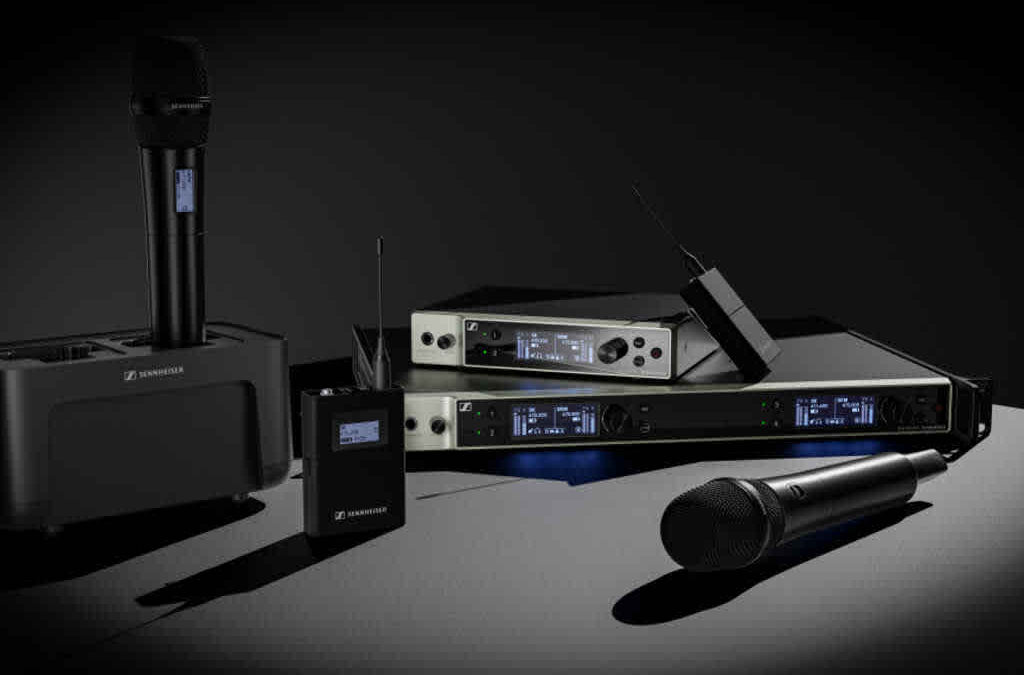Artificial Intelligence is becoming an increasingly powerful tool in the events industry as it not only supports operations, but also creativity, interactivity, and personal connection. AI, when used with intention as a framework, can elevate the design and delivery of every live experience.
Across all the various AI applications available today, there are seven core patterns that consistently emerge. Each one presents unique opportunities to enrich events in meaningful and measurable ways.
1. Hyper-personalisation
At its core, this pattern is about treating every attendee as an individual rather than a demographic. AI allows for tailored experiences in real time – curating content, recommending sessions, or even adjusting lighting and audio settings based on individual preferences. Hyper-personalisation enhances engagement by making attendees feel seen and valued.
It can also support accessibility by suggesting services or formats aligned with attendees’ personal needs – and for brands, it deepens emotional resonance by creating lasting, relevant impressions.

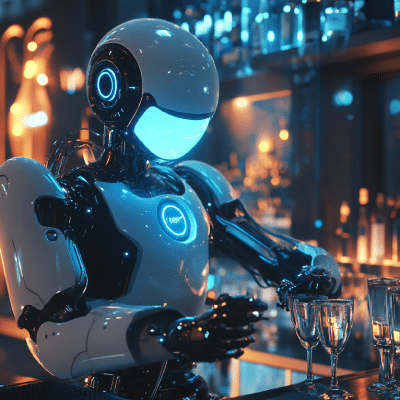
2. Autonomous Systems
Increased autonomy in events enables operations to be streamlined and reduces reliance on manual labour. This could mean intelligent check-in kiosks, automated stage transitions, self-navigating delivery systems, or even robotic bartenders.
Behind the scenes, AI can manage schedules, environmental controls, and logistics to make sure that an event runs smoothly, allowing teams to focus on more complex, human-centric tasks.
Autonomous systems are especially valuable for large-scale events where efficiency and precision are key.
3. Predictive Analytics & Decision Support
This pattern is about using data to forecast outcomes and guide better decision-making. For event organisers, predictive tools can anticipate attendance rates, resource demands, or potential bottlenecks in the event flow.
This pattern can also be used to refine audience targeting in marketing campaigns or anticipate what content will resonate most. With each event, the AI learns more – helping organisers to make smarter, faster choices in future planning and delivery.
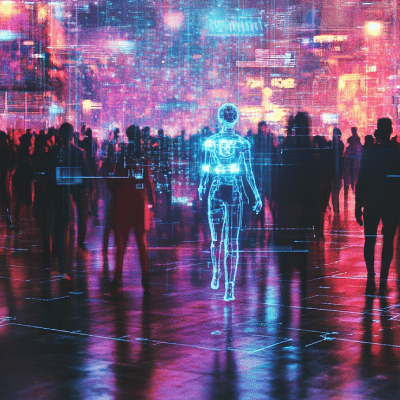
4. Conversational / Human Interaction
AI-powered chatbots, voice assistants, and multilingual translators enable intuitive, human-like interactions between machines and guests. These tools offer real-time assistance, from helping attendees find their way around a venue to answering FAQs and managing bookings.
Conversational AI can also be used creatively by integrating it into installations or digital storytelling elements to enhance interactivity. For international or hybrid events, it ensures smooth communication across language barriers, creating a more inclusive and responsive environment.
5. Pattern & Anomaly Detection
AI’s ability to detect patterns and spot anomalies has significant implications for live event safety, logistics, and feedback analysis. It can alert teams to unusual behaviour in crowd flow, identify potential technical faults, or highlight recurring themes in attendee feedback.
By learning what’s typical and flagging up what’s unusual, AI helps to proactively address issues before they escalate and identify areas for improvement quickly and clearly.
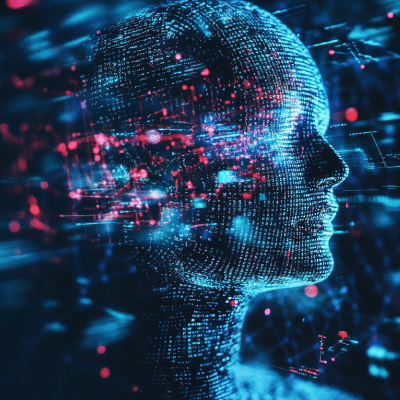
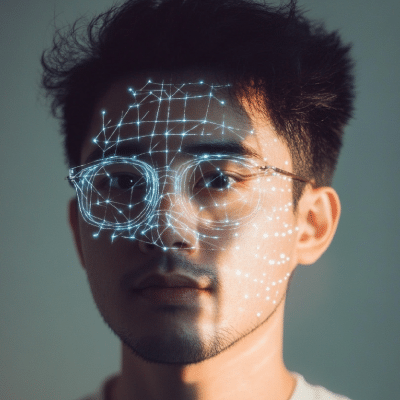
6. Recognition Systems
This pattern includes facial recognition, object detection, and gesture tracking – all of which can be applied to streamline entry, personalise experiences, or build interactive installations.
Guests might walk into a space and be greeted by name or trigger dynamic visual effects through movement. Recognition systems can also assist in content tagging for post-event media and enhance accessibility features such as automatic captioning or visual prompts – unlocking new layers of interactivity and immersion for event storytelling.
7. Goal-Driven Systems
At the heart of this pattern is reinforcement learning – AI that improves through trial and error to achieve a defined objective. In events, this might mean AI optimising room layouts based on live attendee movement, dynamically adjusting scheduling to avoid clashes, or even learning how to enhance networking opportunities over the course of a multi-day event.
Goal-driven systems can also power game-based engagement experiences, adapting and evolving in real time based on audience input and participation.
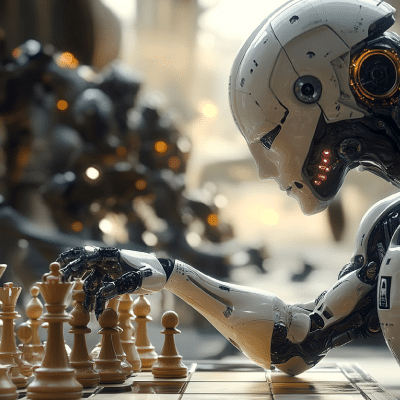
Each of these seven patterns can be powerful on its own – but when combined thoughtfully, they can create experiences that are not only more efficient but more emotionally impactful.
Although AI should enhance rather than replace the human touch, embedding these patterns into creative and technical processes can help design events that are more intelligent, more adaptive, and ultimately more memorable.
Source – PMI Cognilytica – https://www.cognilytica.com
(All the images on this page have been generated by AI – Midjourney)


